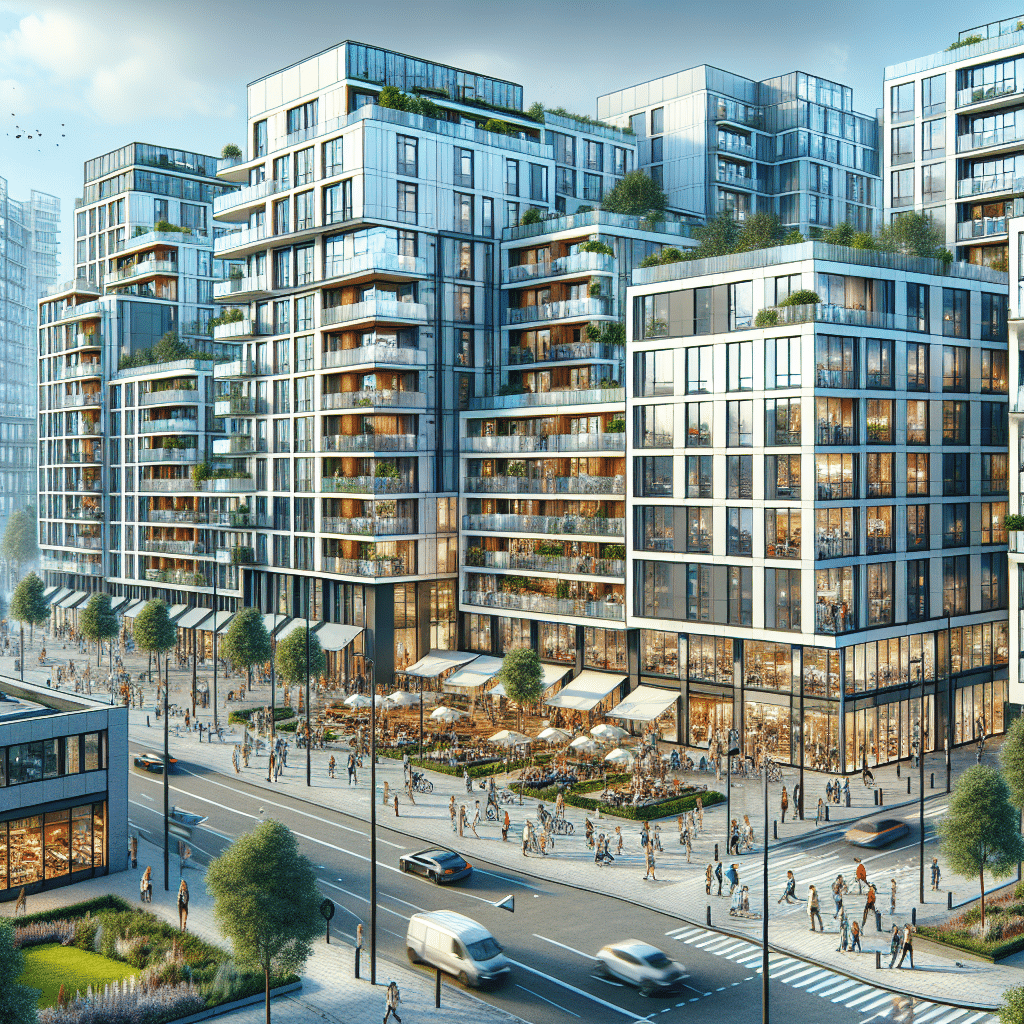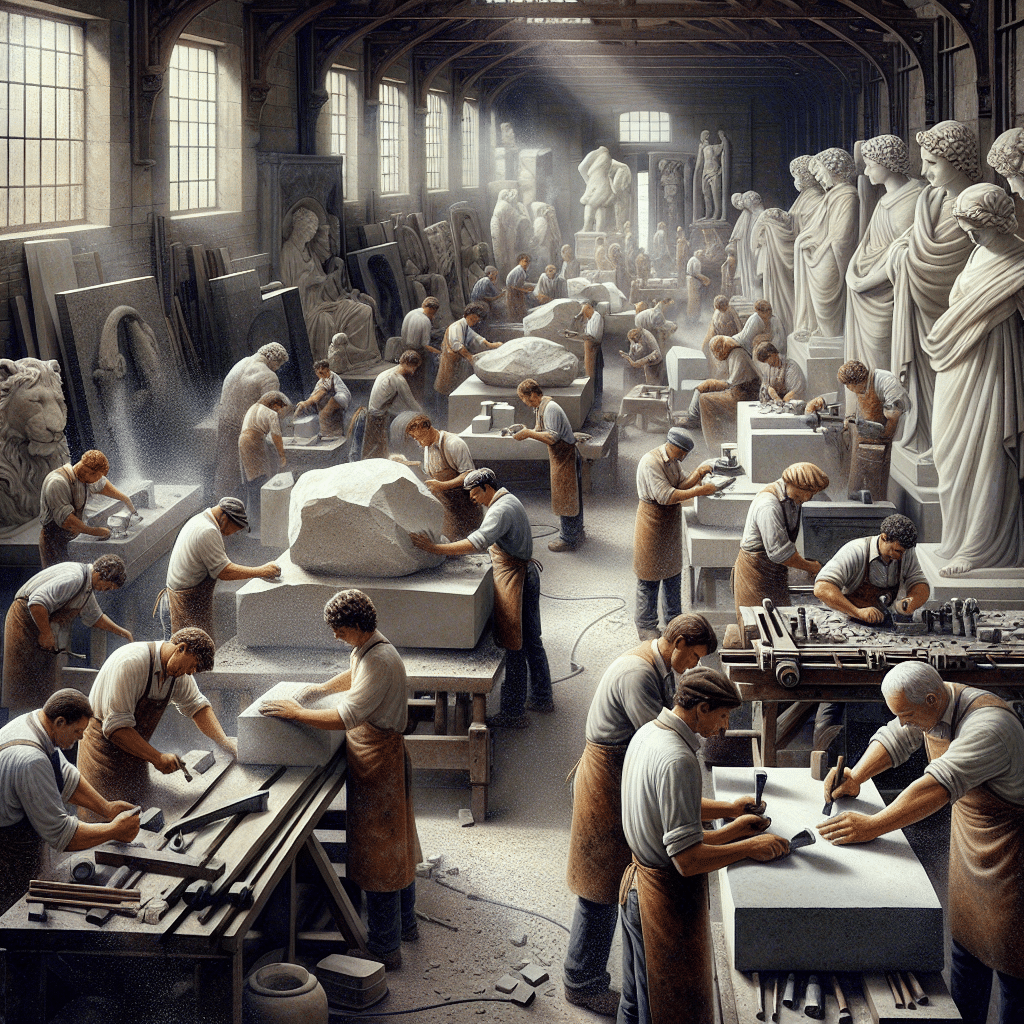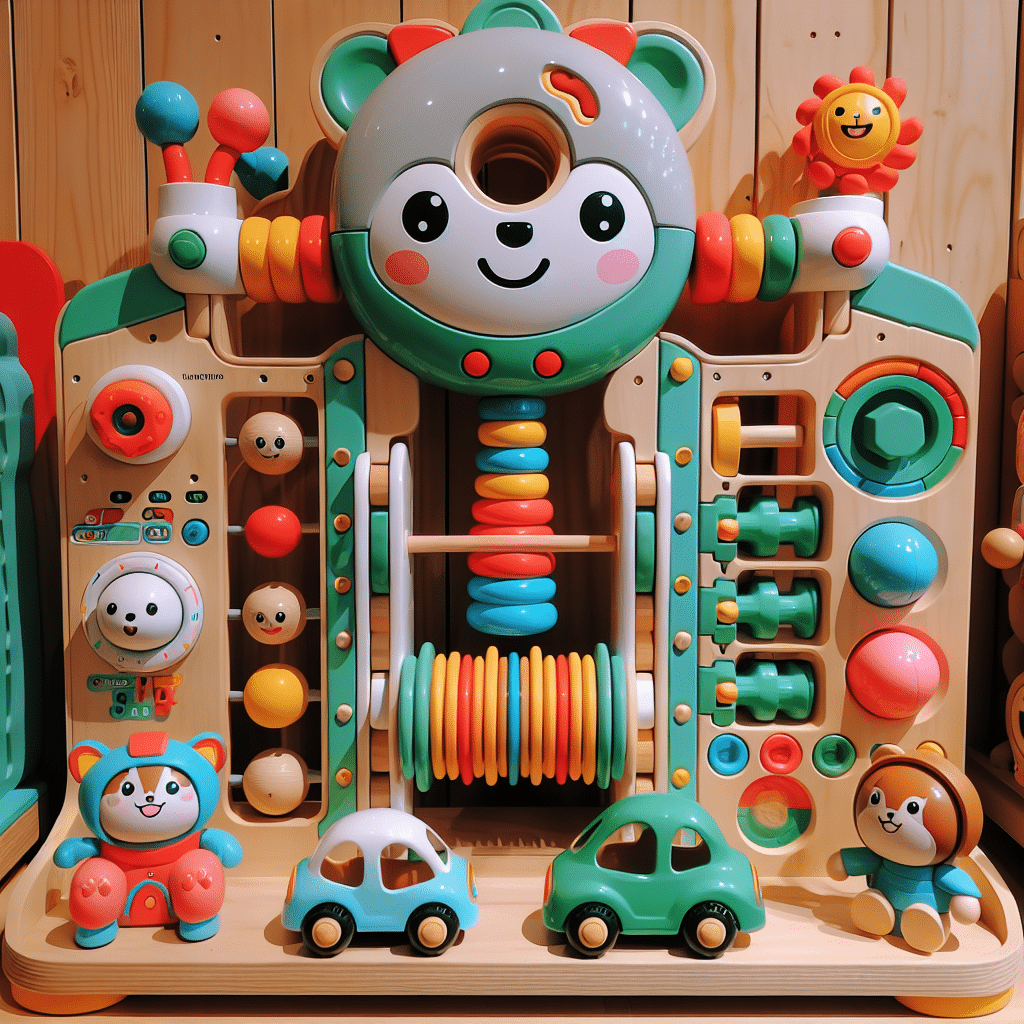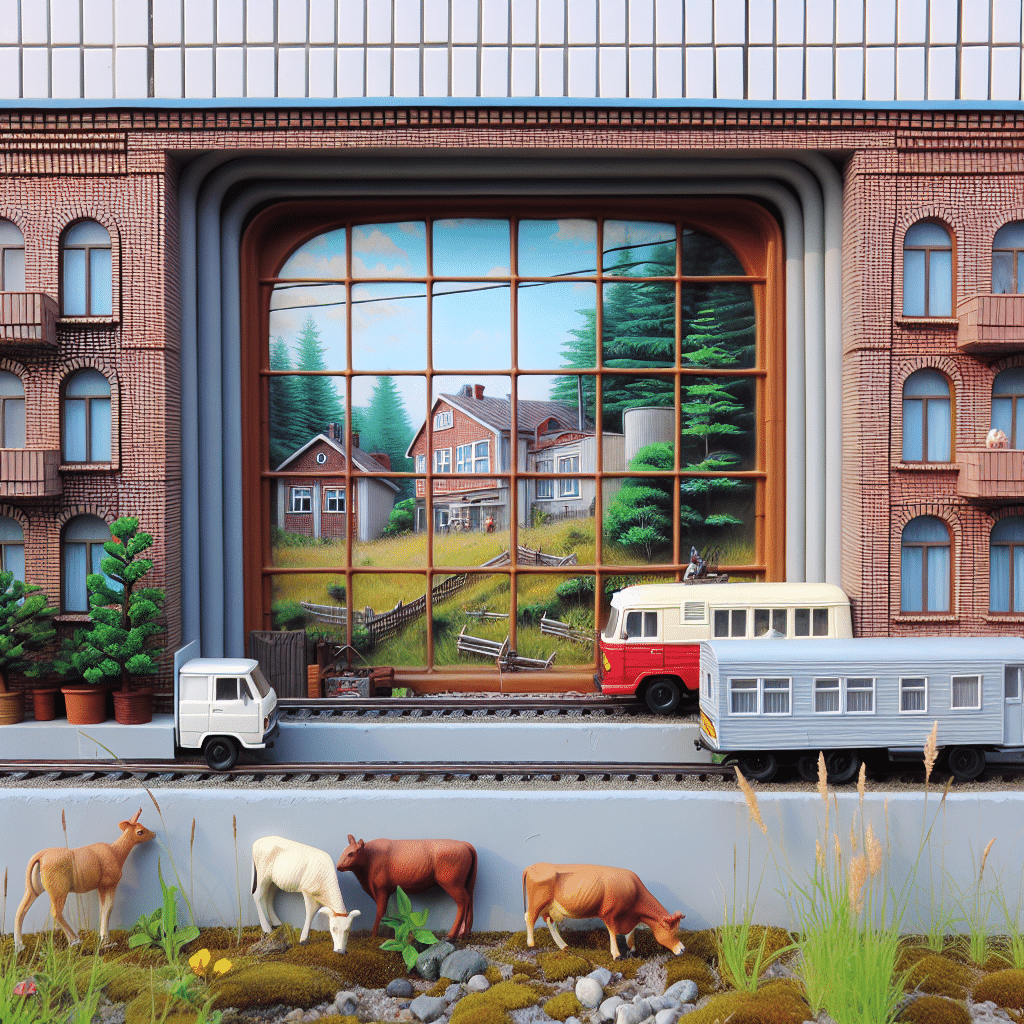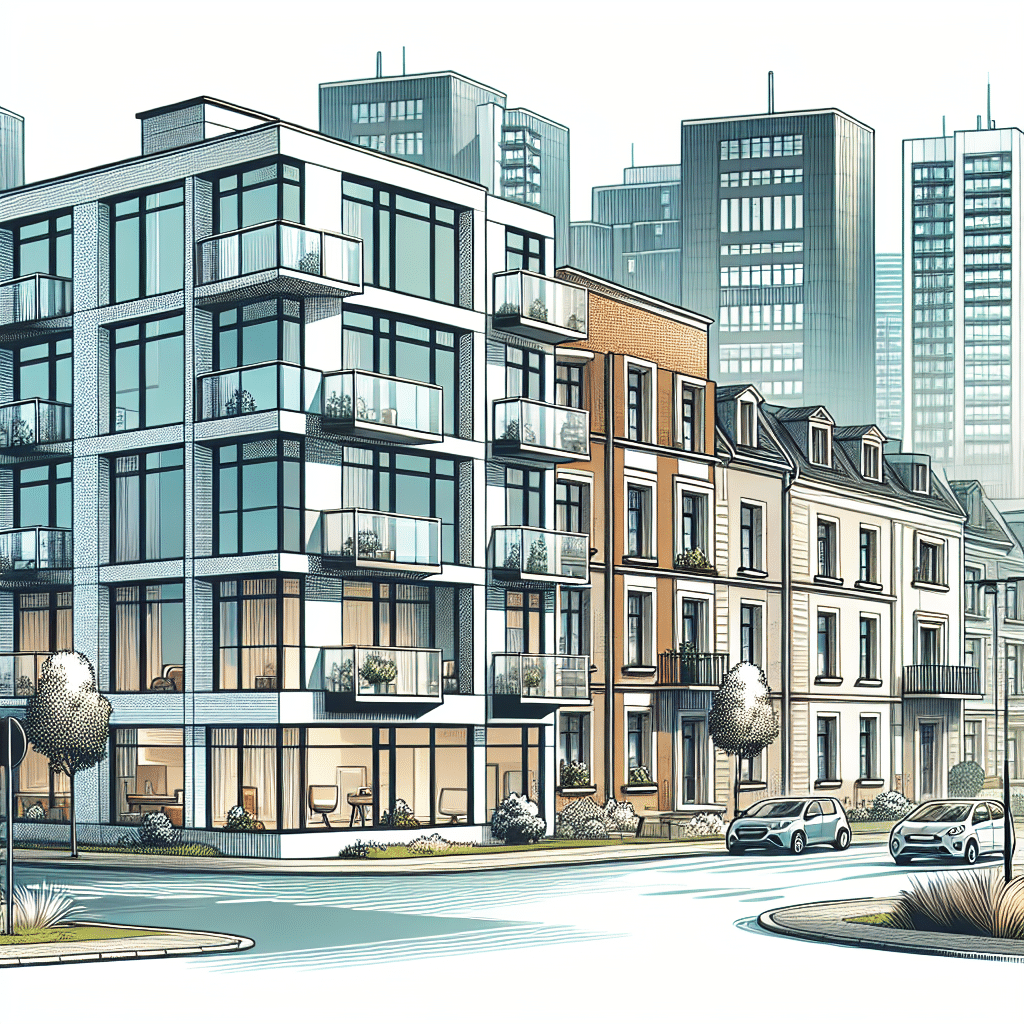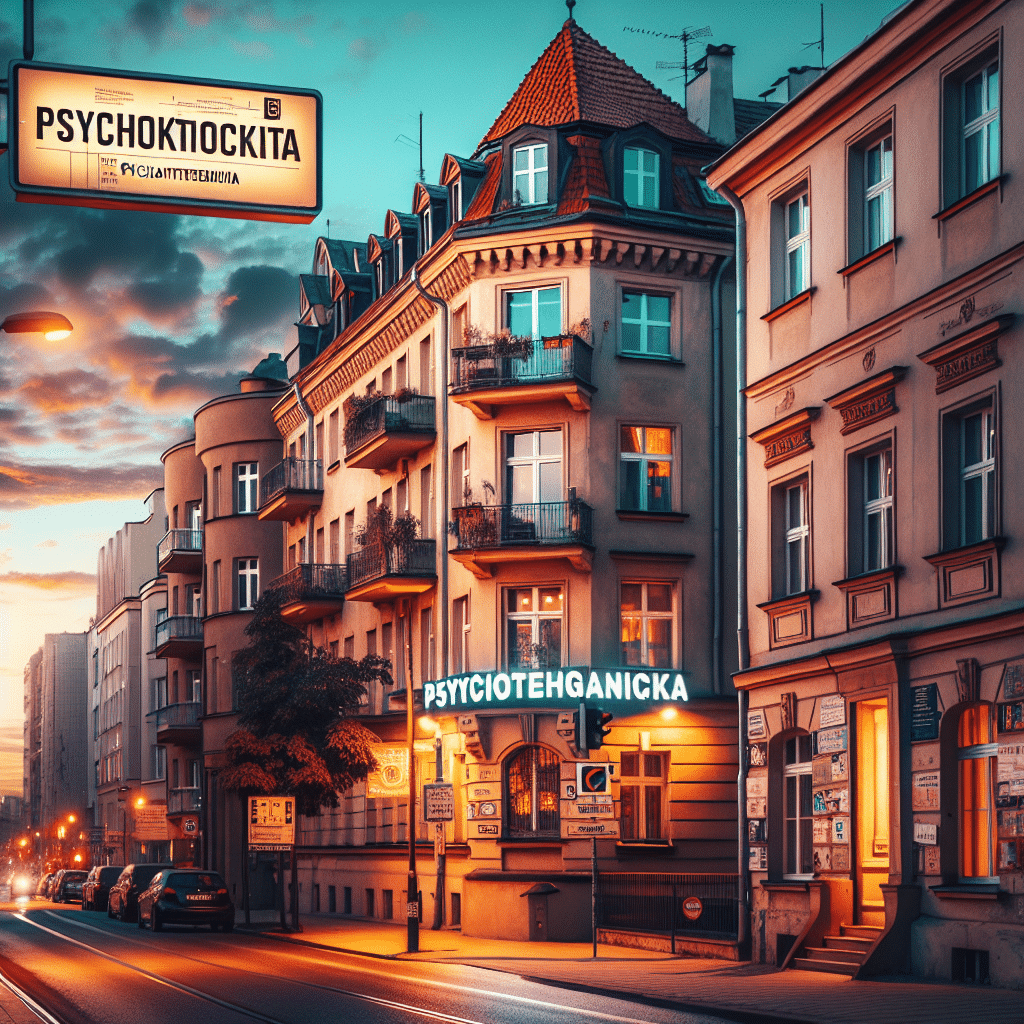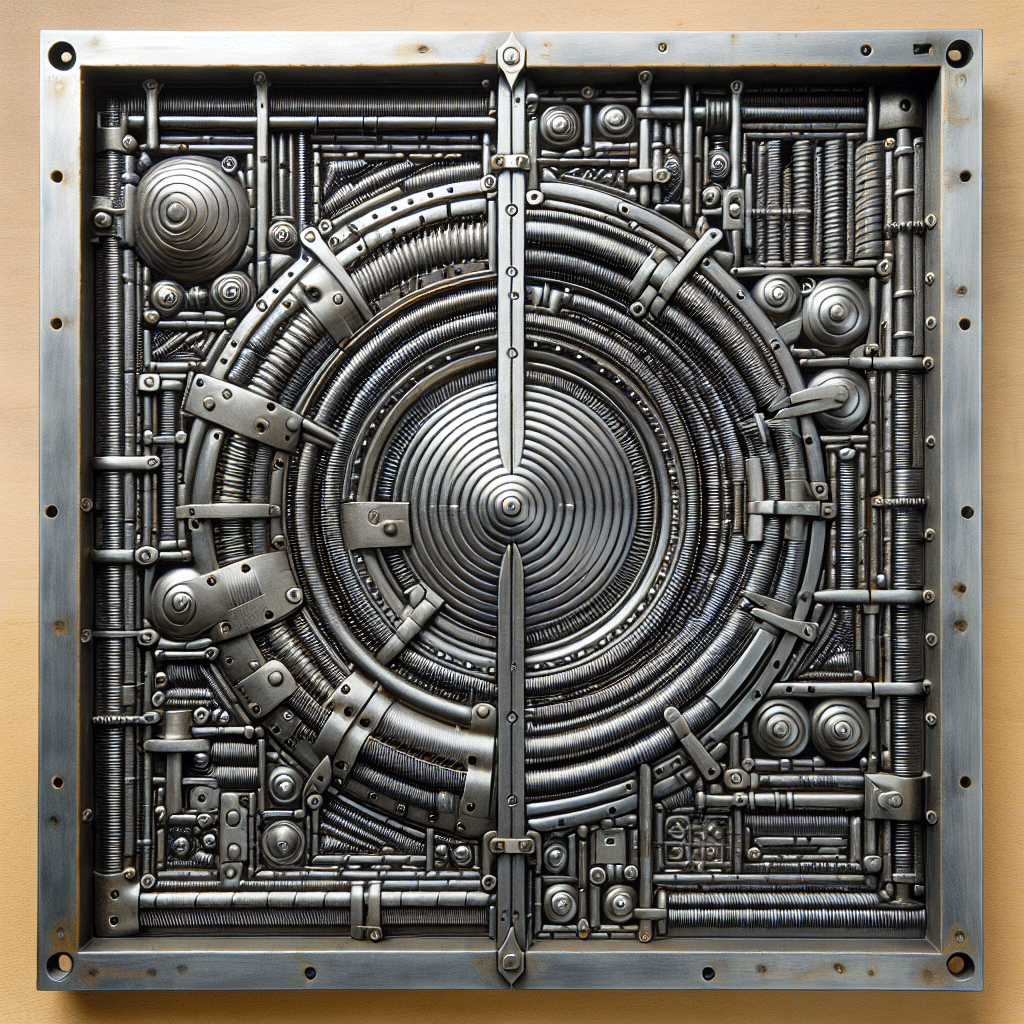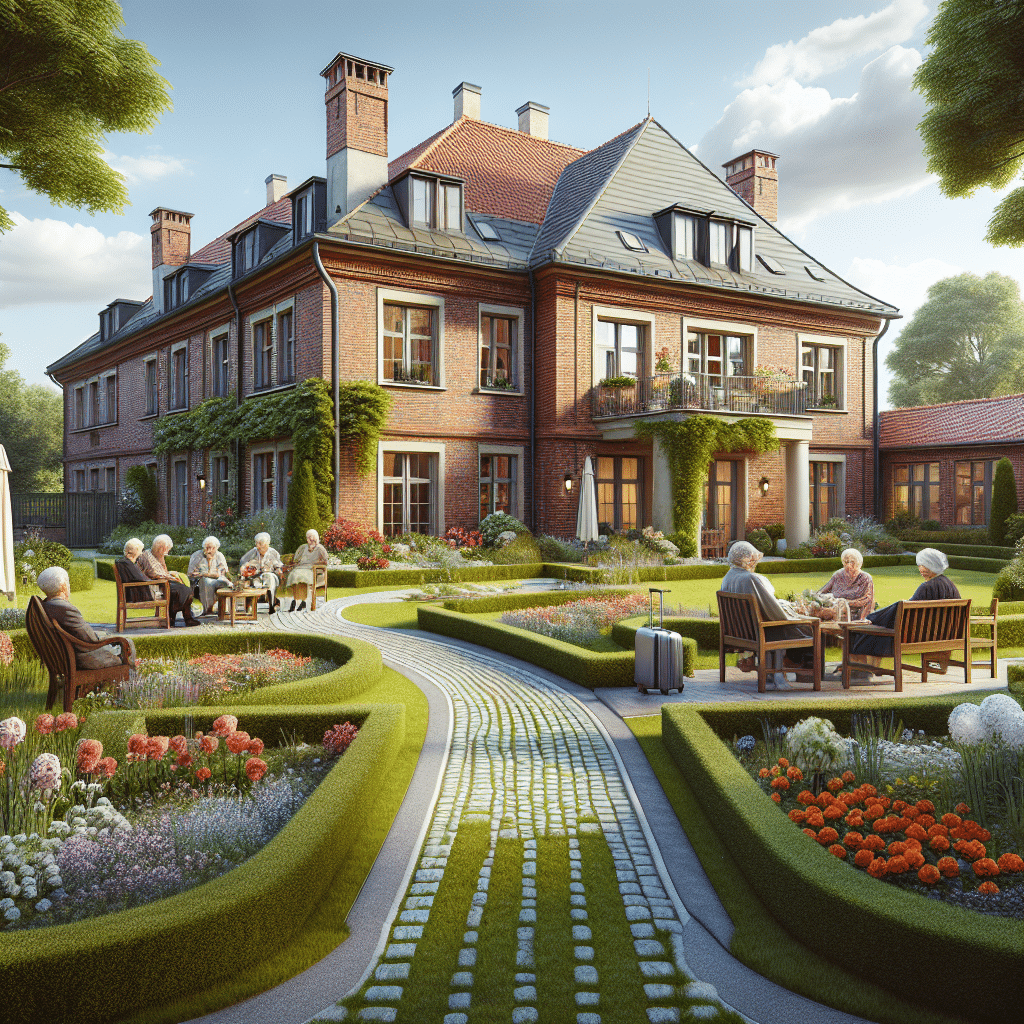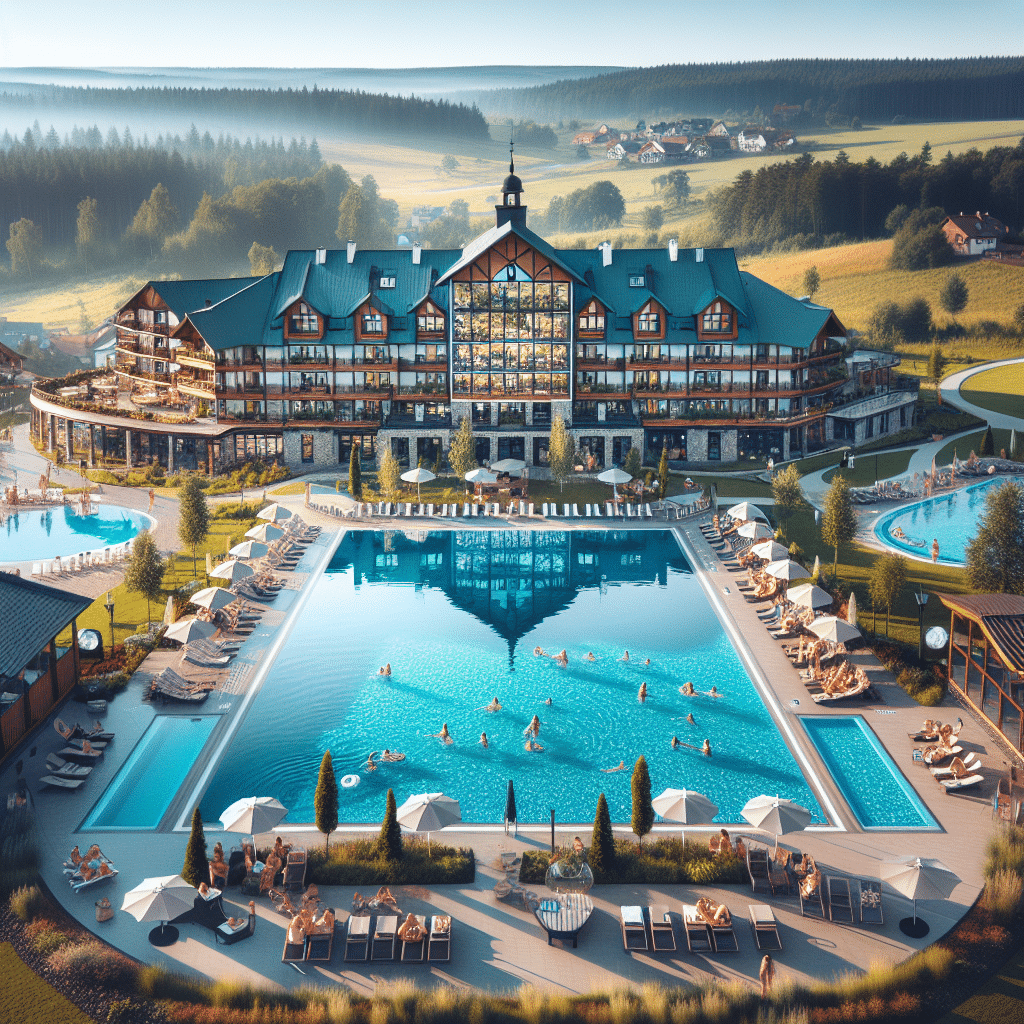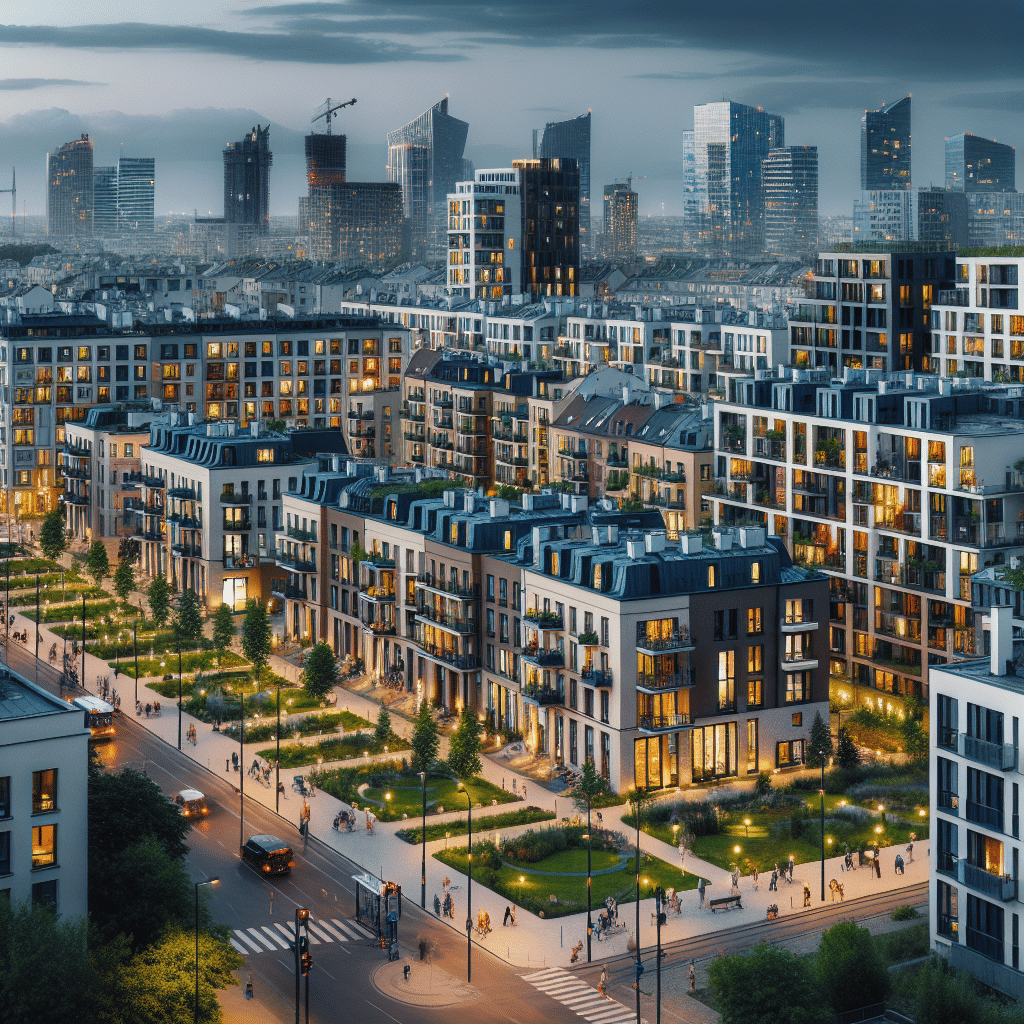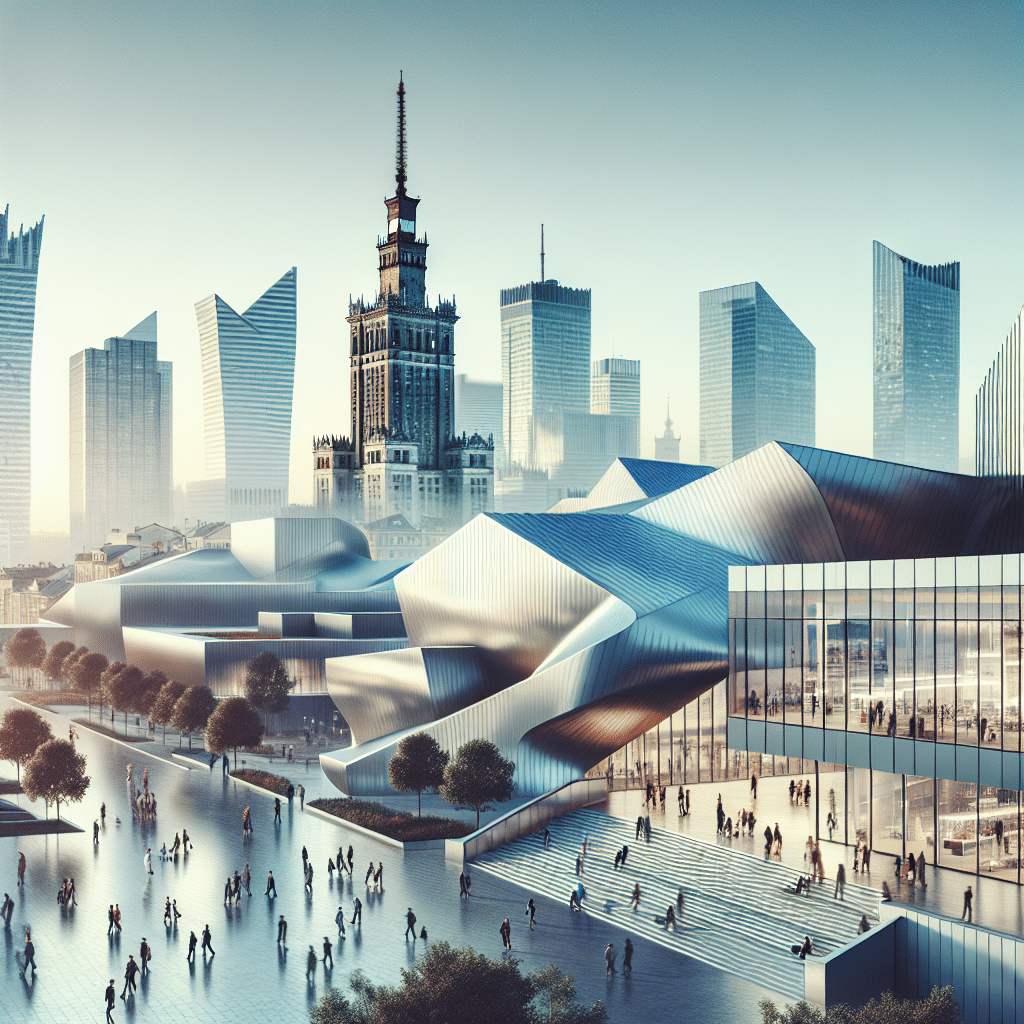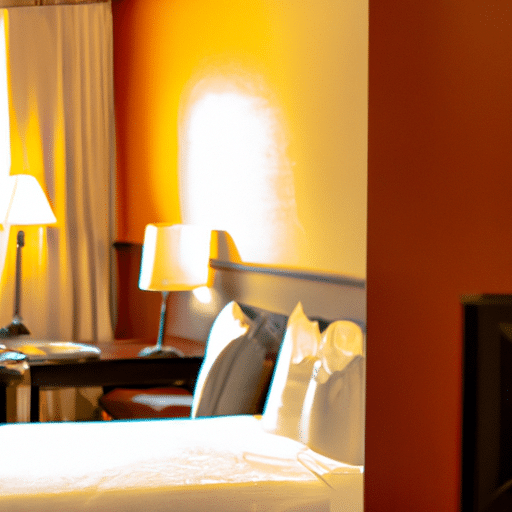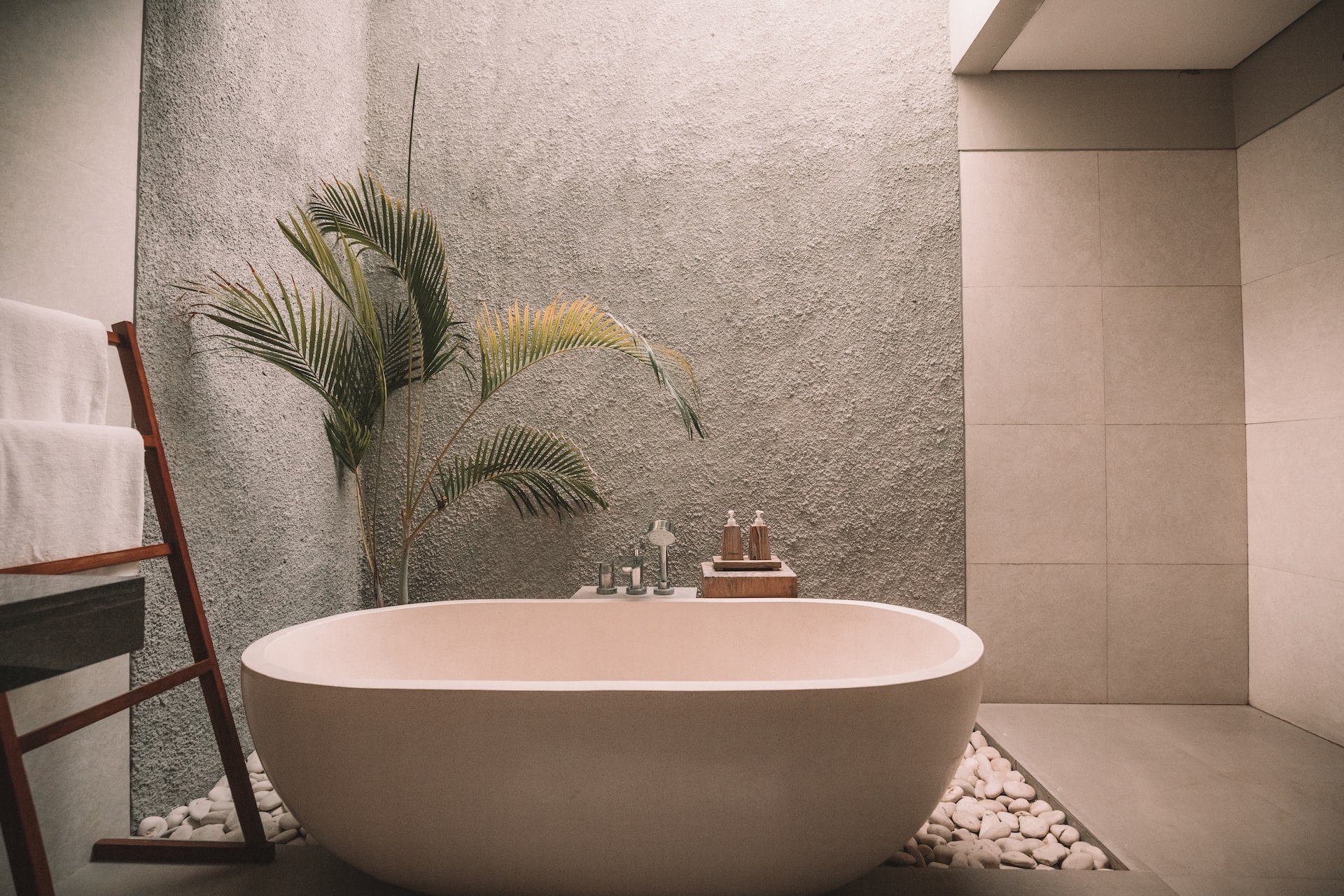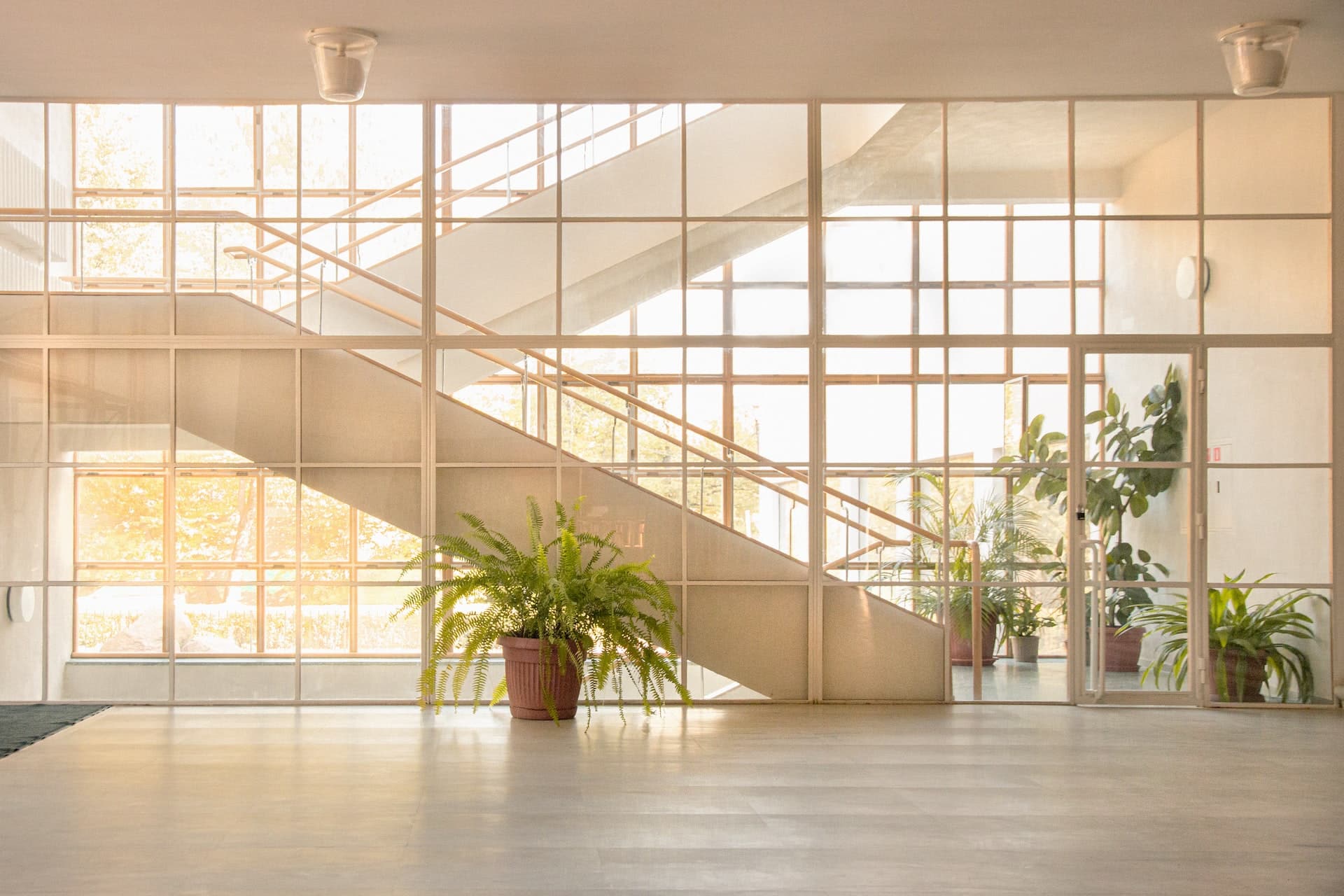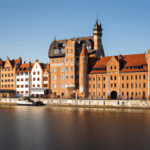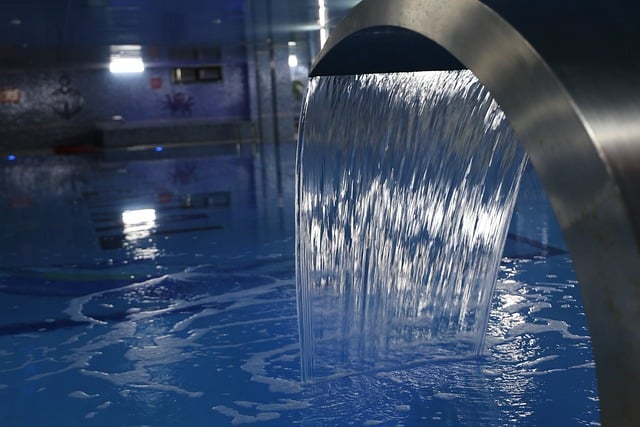Kluczowe trendy i innowacje w projektowaniu wnętrz hotelowych
Discover the Latest Trends and Innovations in Hotel Interior Design
Introduction
In the highly competitive hotel industry, staying ahead of the curve is essential to attract and retain guests. One area that plays a crucial role in guest satisfaction is interior design. The ambiance, functionality, and aesthetics of a hotel’s interior can greatly influence the overall experience of guests.
This article delves into the significance of interior design in the hotel industry and explores the latest trends and innovations that are transforming the way hotels create memorable experiences for their guests.
The significance of interior design in the hotel industry
Interior design is not just about creating visually appealing spaces; it is an essential aspect of the hotel industry for several reasons. Firstly, it sets the tone and atmosphere of the hotel, creating a unique identity and branding. It also influences the emotions and mood of guests, providing them with a sense of comfort, relaxation, and excitement.
Furthermore, interior design affects the functionality and practicality of hotel spaces. Proper space planning and layout maximize the efficiency of operations, ensuring smooth guest flow and convenience. It also plays a vital role in enhancing safety and accessibility for all guests.
As travelers become increasingly discerning, the importance of interior design in attracting and retaining guests cannot be underestimated. Guests today seek unique experiences, and a well-designed interior can help hotels differentiate themselves from their competitors and create a lasting impression.
Evolution and importance of staying up-to-date with the latest trends
The world of interior design is constantly evolving, with new trends and innovations emerging regularly. Staying up-to-date with these trends is crucial for hoteliers who want to remain competitive and meet the changing demands of guests.
By embracing the latest trends in hotel interior design, hotels can showcase their commitment to innovation and offer guests a truly memorable experience. Additionally, staying current with design trends allows hotels to create spaces that are relevant and appealing to different target markets, such as millennials or luxury travelers.
However, it’s important to strike a balance between following trends and maintaining a timeless design. A hotel’s interior should have a certain level of longevity to ensure it doesn’t become outdated quickly. Combining classic design principles with contemporary elements can help hotels stay relevant while maintaining a sense of timelessness.
Objectives and structure of the article
This article aims to provide hoteliers and industry professionals with valuable insights into the latest trends and innovations in hotel interior design. Each section will focus on a specific trend, discussing its significance, impact, and implementation strategies.
The following sections will explore the trending themes in hotel interior design:
Embracing Sustainability
Creating sustainable and eco-friendly spaces is no longer just a trend but a necessity in today’s world. This section will discuss the importance of incorporating eco-friendly materials and practices in hotel interior design. It will also explore the benefits of energy-efficient lighting and HVAC systems, as well as the concept of biophilic design and bringing nature indoors.
Minimalism and Simplicity
In the age of clutter and information overload, minimalist aesthetics have gained popularity in hotel interior design. This section will delve into the rise of minimalist design and its impact on guest experiences. It will also explore the use of streamlined furniture and intelligent space planning to create functional yet elegant spaces. Lastly, it will discuss the power of simplicity in enhancing the overall guest experience.
Technological Integration
Technology is revolutionizing the hotel industry, and interior design is no exception. This section will explore how hotels are incorporating smart room systems and IoT devices to provide personalized experiences to guests. It will also discuss the use of virtual reality for pre-arrival room selection and the integration of artificial intelligence and chatbots for efficient guest service.
Incorporating Cultural Experiences
Hotels are increasingly focusing on creating spaces that reflect the local culture and heritage of their location. This section will examine the importance of designing spaces that celebrate local traditions and incorporate authentic artwork, artifacts, and indigenous materials. It will also explore how thoughtful design details can create an immersive cultural experience for guests.
Wellness and Wellbeing Focus
Wellness and wellbeing have become a priority for many travelers, and hotels are responding by creating spaces that promote relaxation and rejuvenation. This section will discuss the design principles and features that contribute to a wellness-focused environment, such as incorporating spa facilities, fitness centers, and biophilic design elements.
Co-Working Areas and Flexible Spaces
The rise of remote work and digital nomadism has led to an increased demand for flexible workspaces in hotels. This section will explore the integration of co-working spaces and communal areas in hotel interiors. It will also discuss design solutions that cater to the needs of remote workers and digital nomads, providing them with comfortable and functional spaces to work and connect.
Personalization and Customization
Guests today seek personalized experiences, and hotels can meet this demand through interior design. This section will discuss how hotels can tailor the guest experience through personalized interiors, including customized furniture, artwork, and amenities. It will also explore the use of technology to offer personalized recommendations and enhance the overall guest experience.
Integration of Art and Technology
Art and technology can be seamlessly integrated to create unique and immersive experiences for hotel guests. This section will explore the use of digital art installations and interactive displays. It will also discuss how projection mapping and augmented reality can transform the way hotels showcase art. Additionally, it will explore the fusion of traditional art forms with modern technology, creating a harmonious blend of the past and the present.
Future of Hotel Interior Design
The world of hotel interior design is constantly evolving, and this section will give a glimpse into the future trends and innovations that are on the horizon. It will discuss the anticipated impact of emerging technologies like artificial intelligence and robotics. Furthermore, it will explore the design strategies that hotels can adopt to adapt to changing guest preferences and stay ahead of the competition.
Conclusion
In conclusion, hotel interior design plays a crucial role in creating a unique and memorable guest experience. This article has explored the latest trends and innovations that are reshaping the industry. By embracing sustainability, minimalism, technology, cultural experiences, wellness focus, adaptable workspaces, personalization, and the integration of art and technology, hotels can create spaces that captivate and delight their guests. It is essential for hoteliers to understand the significance of these trends and continuously evolve their design practices to meet the evolving needs of guests.
As the hotel industry continues to grow and evolve, embracing evolving design practices will be key to staying relevant and successful in the ever-changing market. By understanding and implementing the latest trends and innovations, hotels can create spaces that not only meet the needs of current guests but also attract new ones. The future of hotel interior design is exciting, and it holds immense potential to transform the way guests experience hotels around the world.
To stay ahead of the competition and provide exceptional guest experiences, hotels must be willing to experiment with new ideas, embrace sustainability, simplify their design, integrate technology, celebrate local culture, prioritize wellness, offer flexible spaces, personalize experiences, and fuse art with technology. By doing so, they can create spaces that inspire, engage, and leave a lasting impression on their guests.
Artykuł „Kluczowe trendy i innowacje w projektowaniu wnętrz hotelowych” przedstawia fascynujące zmiany, które zrewolucjonizowały projektowanie wnętrz hotelowych. Zachęcam do kliknięcia w ten link, aby dowiedzieć się więcej i zgłębić wiedzę na temat najnowszych trendów i innowacji w branży: [link]: https://lesinska.com/hotele/.

